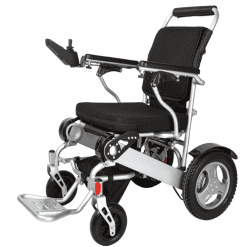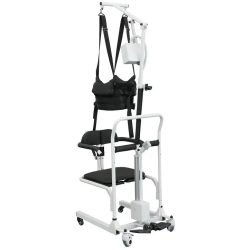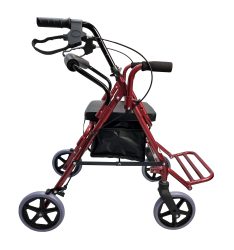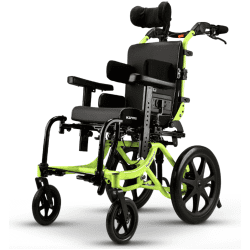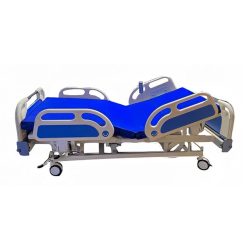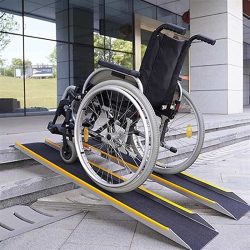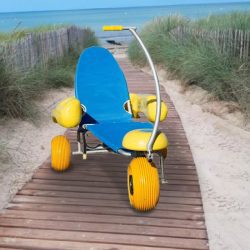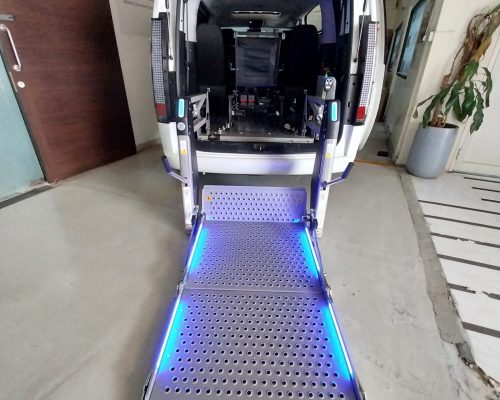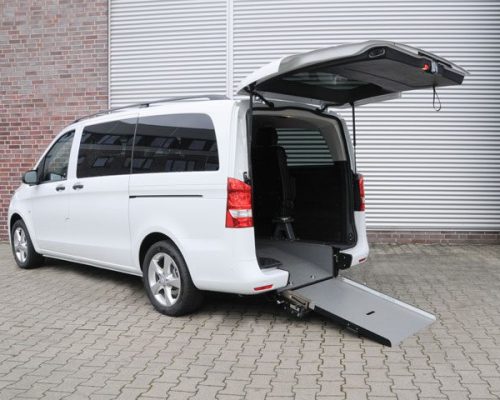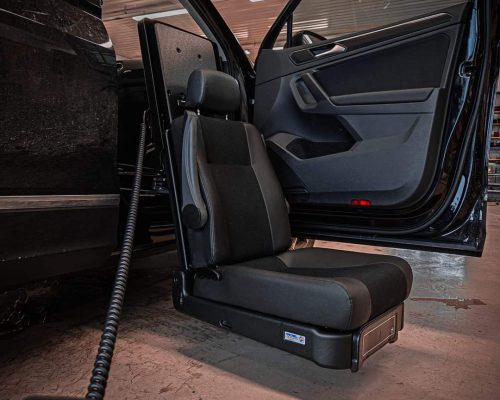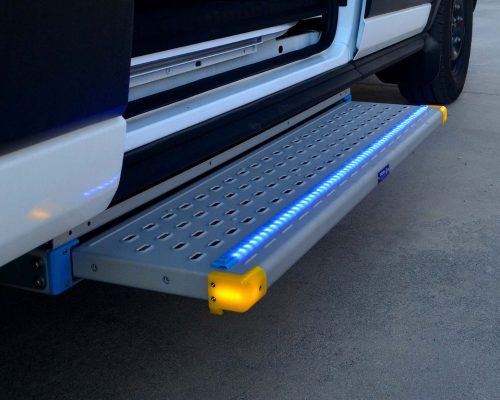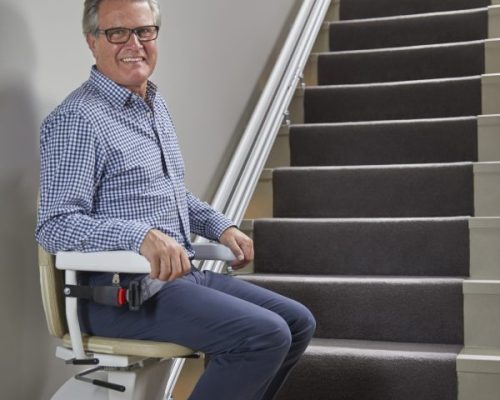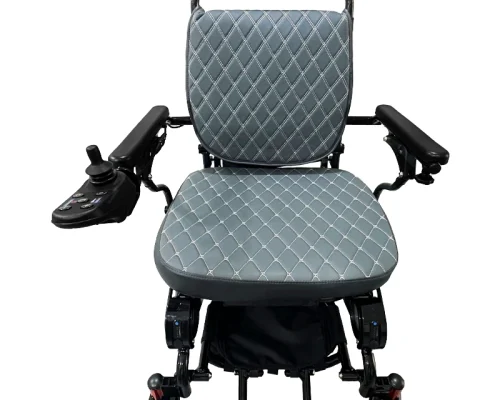Wheelchair Buying Guide

Table of Contents
ToggleGetting the right wheelchair is more than just picking one. It’s like finding the perfect key to open a door to freedom and independence. This guide is here to help you explore all the different wheelchairs out there so you can find the one that fits you best and lets you live your life without limits!
Types of Wheelchairs
Manual Wheelchairs
Manual wheelchairs are the epitome of mobility and independence. From lightweight travel options to heavy-duty models, they offer comfort, adaptability, and easy maneuverability. With adjustable features, they cater to various needs, empowering users to navigate life confidently.
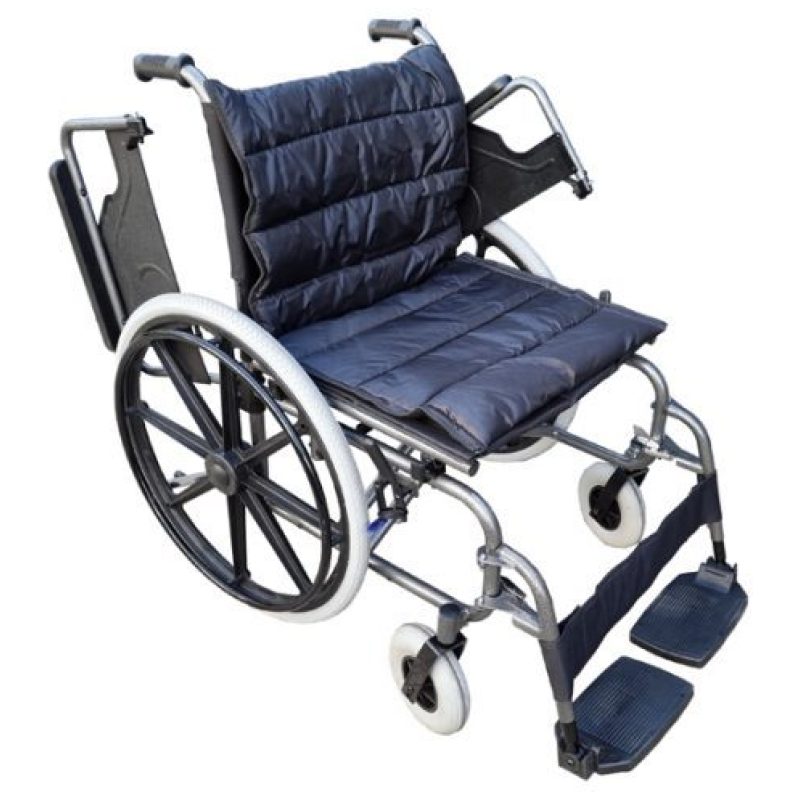
Folding Wheelchairs
Folding wheelchairs are versatile and portable, designed for easy transportation and storage. They offer convenience but may sacrifice some rigidity for their folding mechanism.
Rigid Frame Wheelchairs
Rigid frame wheelchairs prioritize performance and stability, often being lighter and more responsive. They provide better energy transfer for propulsion but might be less compact for travel and storage compared to folding models.
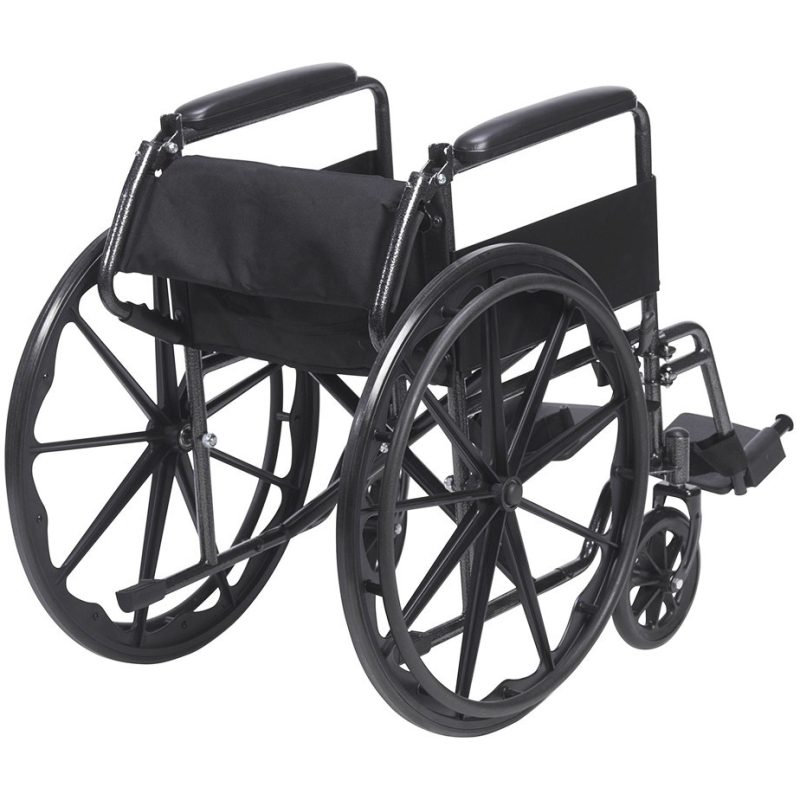
Lightweight vs. Heavy-Duty Wheelchairs
Lightweight wheelchairs are designed for easy maneuverability and transport, making them ideal for everyday use and travel. They offer agility and convenience but may have weight or durability limitations.
On the other hand, heavy-duty wheelchairs prioritize durability and weight capacity, suited for rugged terrain and heavier users. They provide sturdiness and stability but might sacrifice some maneuverability and portability. The choice depends on individual needs for usage, terrain, and user preferences.
Power Wheelchairs
Power wheelchairs are motorized devices aiding individuals with limited mobility. They offer independence, easier movement across different terrains, and reduced physical strain compared to manual wheelchairs.
Rear-Wheel Drive vs. Front-Wheel Drive
Rear-wheel drive wheelchairs prioritize stability and higher speeds, ideal for outdoor use. They offer better traction but might be less maneuverable in tight spaces.
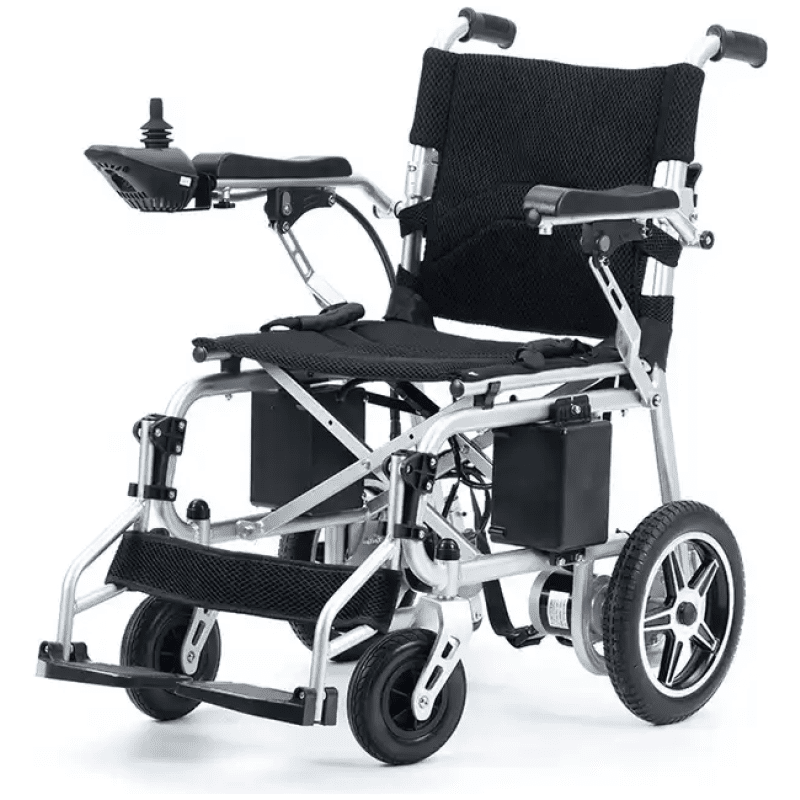
Front-wheel drive wheelchairs focus on maneuverability, making them suitable for indoors. They offer easier turning but can be less stable at higher speeds or on rough terrain compared to rear-wheel drive models.

Battery Life and Charging
Battery life and charging are critical considerations for power wheelchairs. Users should:
Understand Battery Capacity: Different wheelchairs have varying battery capacities, affecting range and usage time. High-capacity batteries provide longer distances but may increase weight.
Regular Charging: Adhering to a regular charging schedule helps maintain battery health. Aim to charge overnight or after daily use to ensure ample power.
Reading Suggestion: How to charge wheelchair battery?
Charger Accessibility: Ensure easy access to charging outlets. Some wheelchairs allow charging while the batteries are on the chair, while others require battery removal.
Backup Batteries: Having a spare battery can be beneficial for longer outings or as a backup in case of unexpected power loss.
Environmental Considerations: Extreme temperatures can affect battery life. Avoid exposing batteries to extreme heat or cold for prolonged periods.
Maintenance and Replacement: Regular maintenance, including checking connections and cleaning terminals, prolongs battery life. Plan for battery replacement according to the manufacturer’s recommendations.
Adaptive Charging: Some wheelchairs offer adaptive charging features, optimizing the charging process to extend battery life and efficiency.
Prioritizing these considerations ensures reliable performance and longer-lasting battery life for power wheelchairs, enhancing overall user experience and mobility.
Factors to Consider When Buying a Wheelchair
When you’re picking a wheelchair, it’s important to think about what you need and what makes you comfortable. From how you move around to how easy it is to take with you, there’s a lot to consider. Getting the right wheelchair isn’t just about being able to move — it’s about making sure you feel good using it every day.
1. User’s Physical Needs and Abilities
Understanding how you move and what you need from a wheelchair is crucial—like knowing if you require extra back support or if you can propel yourself. For instance, with limited upper body strength, a wheelchair with power-assist features could significantly enhance your mobility and independence.
2. Comfort and Seating Options
Finding the right seating that fits your body well can make a huge difference in how comfortable you feel in your wheelchair, ensuring better posture and reducing discomfort during use. Adjustable cushions and backrests can tailor the wheelchair to your body, enhancing both physical support and overall well-being.
3. Portability and Transportation Considerations
Considering how easy it is to move and transport your wheelchair matters a lot. Choosing a wheelchair that balances functionality with portability can make a big difference in how smoothly you navigate different environments and modes of transportation.
4. Adjustability and Customization
Having a wheelchair that can be adjusted to fit your specific needs is key.
it’s about making sure the seat height, backrest angle, and other features can be tailored to your comfort, making everyday use much more accommodating and personalized. Customizable options in a wheelchair can ensure it grows and adapts with you, allowing for changes that suit different environments and your evolving needs over time.
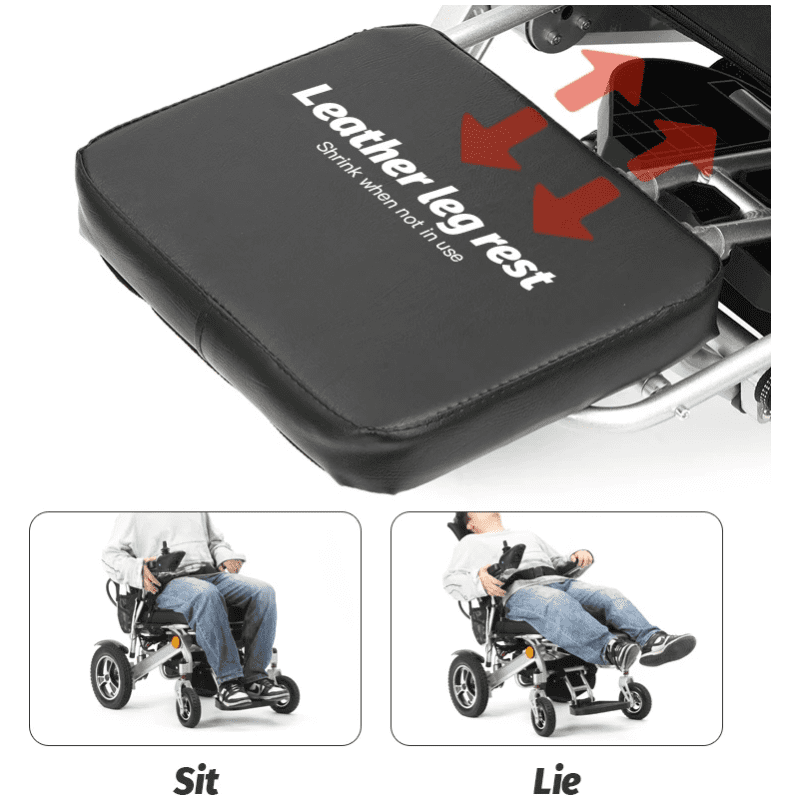
Wheelchair Features and Accessories
Wheelchair Frames and Materials
Your frame is the foundation, so choose wisely. Aluminum offers lightweight portability, ideal for active users, while steel prioritizes strength and stability for heavier users or rough terrain. Consider suspension systems for smoother rides over uneven surfaces.
Seating Options: Cushions and Backrests
Comfort is king, so invest in adjustable seats, supportive backrests, and pressure-reducing cushions tailored to your unique needs. Explore memory foam, gel, or air cushions for optimal pressure relief. Adjustable backrests ensure proper posture and support, preventing pain and fatigue.
Wheelchair Wheels and Tires
Conquer any terrain with the right wheels. Pneumatic tires offer shock absorption for smooth rides, while solid tires provide puncture resistance for rougher environments. Choose the right tread pattern for your typical terrain – wide treads for loose surfaces, narrower for smooth paths.
Additional Accessories
Armrests for support, detachable or swing-away for transfers, footrests for comfort and stability, and ergonomic brakes for safety and control – these are just the beginning. Consider cup or bottle holders, phone mounts, and bags to personalize your wheelchair and enhance your experience.
Sizing and Measurement
Determining the Right Wheelchair Size
Getting the right size isn’t just about comfort; it’s crucial for safety and preventing injuries. Improper fit can lead to pressure sores, imbalances, and even falls. Consult a healthcare professional for precise measurements, considering factors like seat width and depth, seat height, backrest height, and armrest height. A snug yet comfortable fit is key.
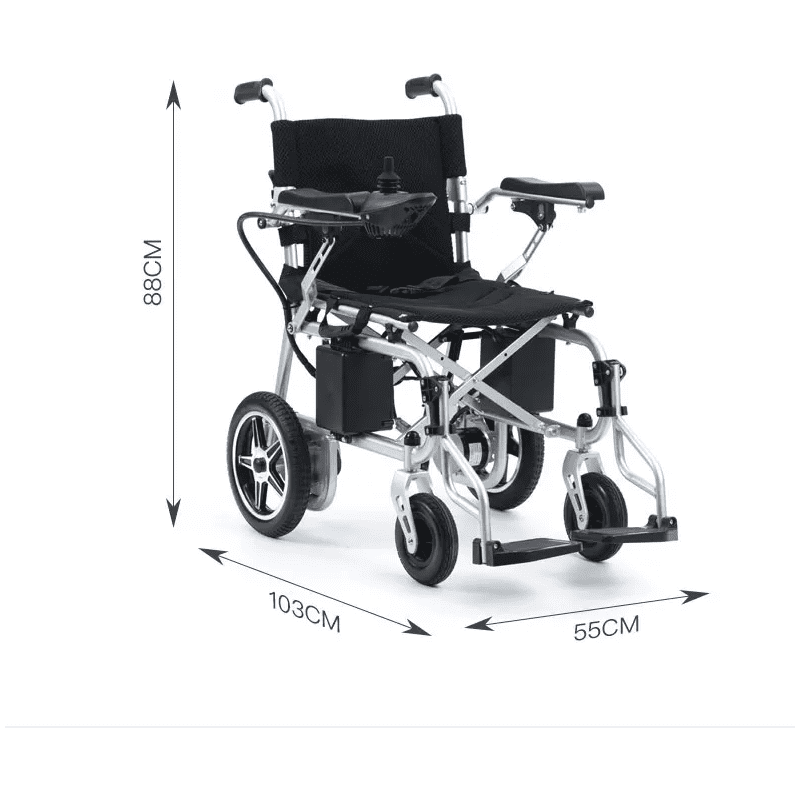
Understanding Measurements
Don’t be intimidated by numbers! Seat width should accommodate your hips with a bit of wiggle room, while seat depth ensures proper leg support. Seat height allows for comfortable foot placement, while backrest height provides adequate back support.
Armrest height should be level with your elbows when seated. Remember, these are just guidelines; always prioritize your specific needs and comfort.
Maintenance and Care
Regular Cleaning and Maintenance
Treat your wheelchair like your trusted companion. Follow the manufacturer’s cleaning and lubrication instructions to ensure optimal performance and extend its lifespan. Wipe down the frame, check tire pressure, and lubricate moving parts regularly.
Storage and Transportation Guidelines
Protect your investment! Choose a dry, secure storage space and avoid extreme temperatures. Invest in proper transportation aids like ramps or lifts to prevent damage during loading and unloading. Remember, proper care ensures your wheelchair remains your reliable partner on the path to mobility freedom.
Conclusion
Choosing a wheelchair is a significant decision, but with the right tools and guidance, it can become an empowering journey. Remember, the perfect wheelchair is an extension of yourself, reflecting your personality and propelling you towards a life without limitations. Embrace the possibilities, explore your options, and make an informed decision that empowers you to conquer every obstacle and reach new heights.

